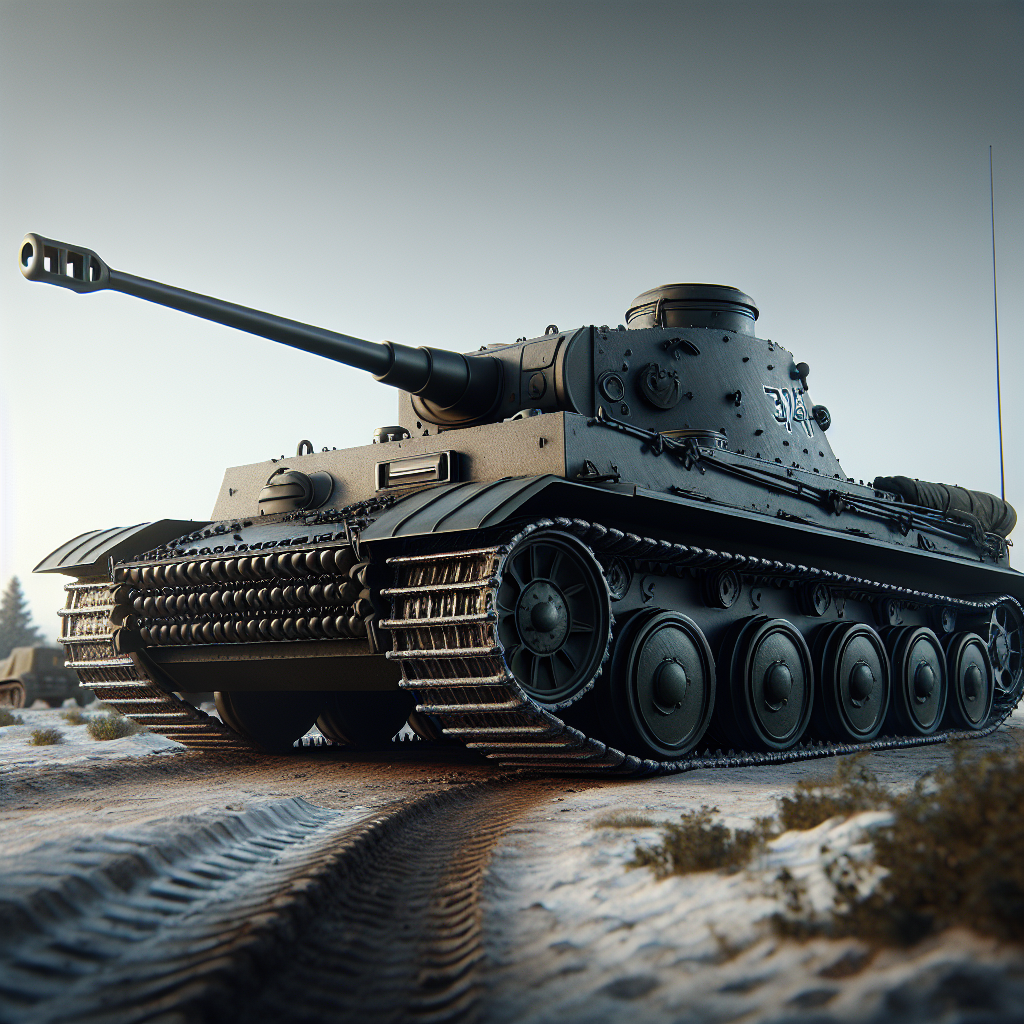Jagdpanzer: Unveiling the Armored Shadow of WWII
In a world where tanks dash and guns roar, the Jagdpanzer emerged as a silent marauder of military engineering, blending both stealth and power. During the chaos of World War II, these German tank destroyers roamed battlefields from the plains of Eastern Europe to the forests of the Ardennes. Their story isn't just one of steel and fire; it's also a tale of human ingenuity and adaptability—engineering marvels born in a time when necessity was life's masterclass.
The Birth of the Jagdpanzer
The term "Jagdpanzer," which literally translates to "hunting tank," was coined for these purpose-built vehicles. Developed during the height of WWII by Nazi Germany, their primary goal was straightforward: to destroy enemy armor effectively. Originating in the early 1940s, these heavily armored vehicles were produced in factories sprawling across Germany and occupied territories.
Why Jagdpanzer?
An intriguing question often posed is why such a vehicle type was created in the first place. As the war advanced, the German military faced increasingly sophisticated enemy tanks, such as the British Cromwell and the Soviet T-34. The traditional German tanks, despite their prowess, needed supplementary force multipliers. Jagdpanzers offered a lower profile and were heavily armored at the front, making them excellent ambushers. Their reduced height compared to standard tanks allowed them to conceal themselves more easily in varied terrains, like the European theaters where brush and forest could hide these hunters until it was too late for their intended targets.
Technical Brilliance: Design and Armament
One cannot appreciate the Jagdpanzer without understanding its engineering finesse. Designed primarily on existing tank chassis, these machines sacrificed a rotatable turret in favor of increased frontal armor and a powerful fixed gun. This trade-off was intentional—the enhanced frontal armor allowed them to withstand hits that would cripple a regular tank.
The Jagdpanzer IV, for example, was armed with the potent 75mm Pak 39 L/48 gun. Meanwhile, its heavier cousin, the Jagdpanther, boasted the formidable 88mm Pak 43 cannon, renowned for its range and penetrating power. This made these tank destroyers exceptionally lethal at both close and long ranges.
Variants and Strategic Deployment
Jagdpanzer developed into multiple versions, each tailored to specific battle needs. The Jagdpanther, perhaps the most famous, combined firepower with the agility of the Panther chassis. The smaller Hetzer was another variant, known for its mobility and effective use in various terrains—a testament to German engineering's adaptability.
Strategically, Jagdpanzers were often deployed in defensive roles. They excelled in ambush tactics where they could use their superior frontal armor and powerful guns effectively. Germany's Blitzkrieg strategy, though initially emphasizing speed and mobility, eventually relied heavily on these tank destroyers in the later stages of the war as the focus shifted to holding defensive positions.
A Global Influence
The influence of the Jagdpanzer extends beyond Germany and WWII. Its effective design inspired post-war tank destroyer development worldwide. Nations observed and adapted its concepts into their own armored doctrines, appreciating the balance of protective and offensive capabilities these vehicles demonstrated.
Learning from History
Discussing the Jagdpanzer isn't merely an exploration of war machinery; it's a journey into the minds of the engineers who sought to solve the pressing problems of their time. This opens up a fascinating conversation about how technology drives warfare and, inversely, how warfare influences technological innovation.
Despite their fearsome reputation, these war machines remind us of the broader themes of technological progression and the relentless human spirit striving to solve even the most daunting challenges. Today, they are both war relics and technological marvels that tell the story of a time when innovation was as much about survival as it was about victory.
It's quite fascinating to see how a military necessity can innovate designs that continue to inform how nations approach armored warfare even through to the present day. With the advancement in technology, what was once an allied foe now becomes an object of study, admired for its engineering rather than its original intent of destruction.
The chessboard of history moves on, but stalwart lessons remain. Our curiosity and admiration for mechanical genius drive us to continue learning from the past, ever optimistic about the advancements of future military technologies.
Why Remember Jagdpanzer?
Ultimately, the Jagdpanzer's legacy is one of adaptation and resilience. By studying these fascinating machines, we not only hone our understanding of history but also fortify our appreciation for the steadfast human pursuit of knowledge and advancement.
Uncovering stories like the Jagdpanzer's provides nuanced insight into past human endeavors and inspires us to remain optimistic about the prospect of future innovations. In this, we celebrate those qualities that make us human and look forward to what we can achieve next.

